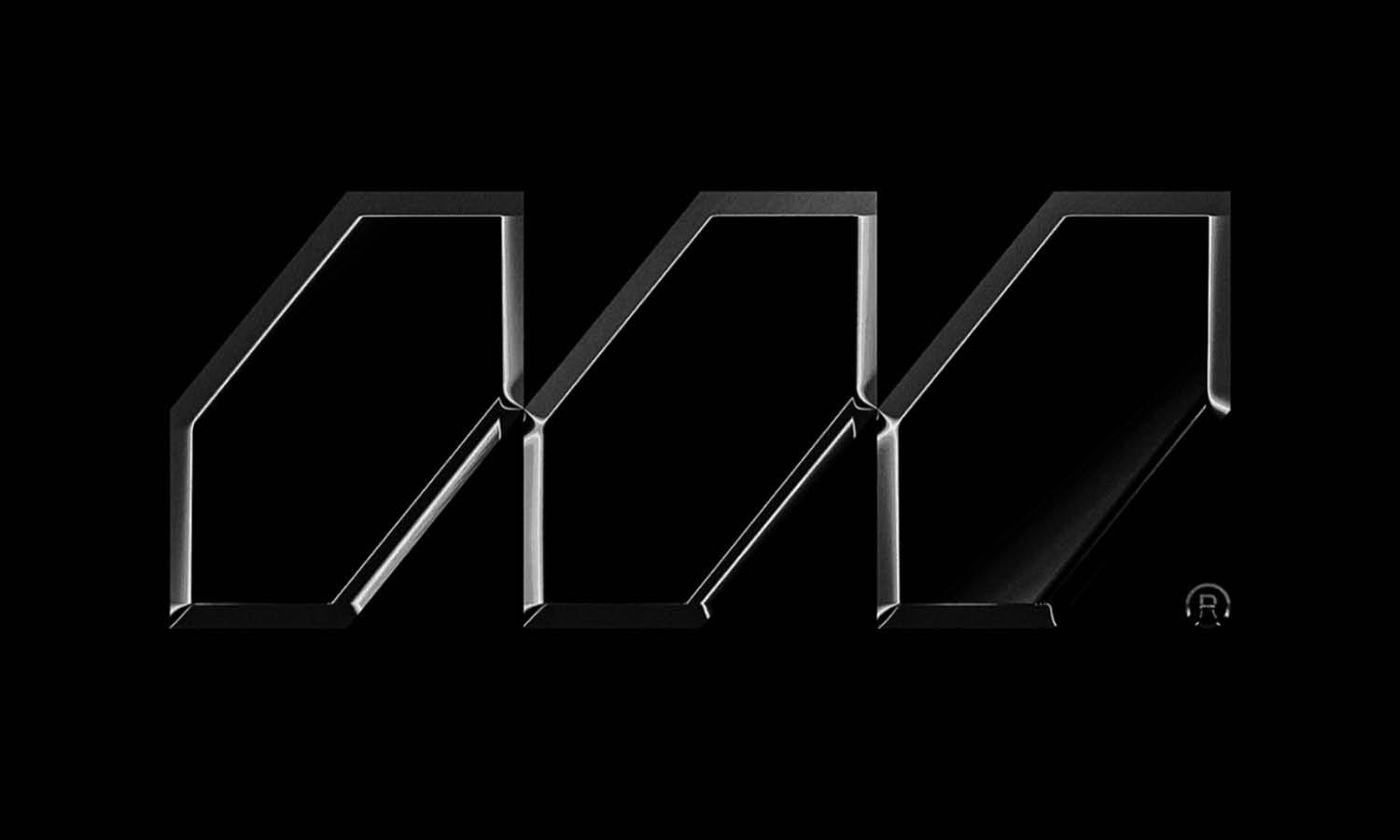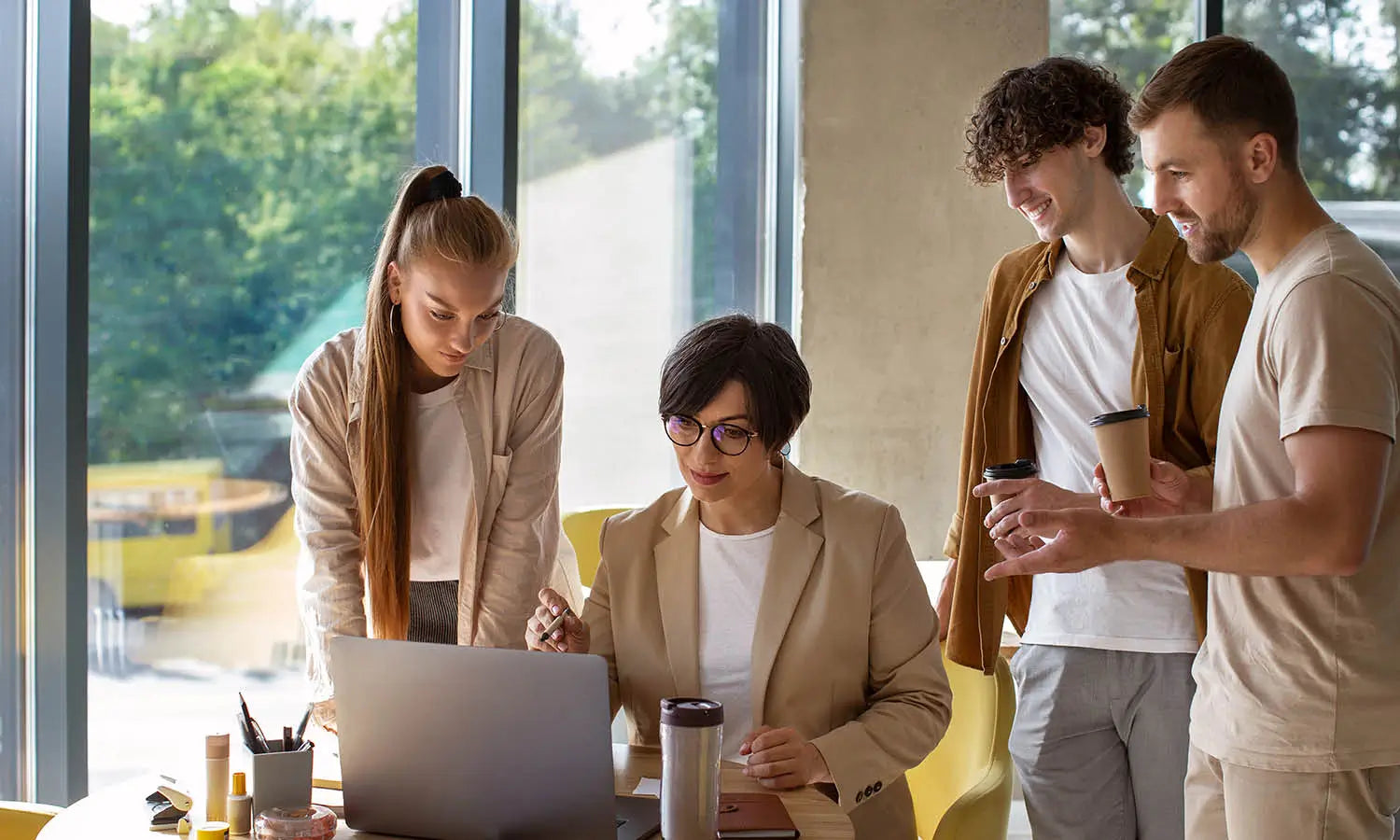Reasons Why 2 Companies Couldn't Have The Same Logo Design

A logo serves as more than just an artistic symbol; it embodies a company’s identity, distinguishing it from competitors and forging a unique connection with consumers. Given the pivotal role logos play in establishing and maintaining brand awareness and loyalty, the necessity for unique logo designs becomes clear. Particularly in saturated markets, a distinctive logo acts as a beacon, guiding consumers towards their preferred brand amidst a sea of alternatives. This differentiation is vital not only for maintaining a clear market position but also for ensuring legal compliance and avoiding potential intellectual property disputes.
Furthermore, as companies expand and evolve, their logos often encapsulate their journey, values, and aspirations, making it impractical and legally contentious for two companies to share the same logo design. Thus, understanding the multitude of reasons why logo design must be exclusive to each company is crucial for anyone involved in branding, marketing, or corporate strategy within the business landscape.
Brand Differentiation: The Significance of Unique Logo Design
A logo is the first point of interaction between a company and its potential customers, making it a critical element in the perception and recognition of the brand. Effective logo design for companies transcends mere aesthetics; it encapsulates the essence of the brand, conveying the company’s values, ethos, and uniqueness.
The process of differentiating a brand through its logo involves strategic planning and creative design to ensure that the logo stands out visually and aligns with the business’s overall identity. This differentiation is crucial as it helps a company carve out a niche in its sector. For instance, a well-designed logo can evoke emotions and associations specific to the brand, enhancing consumer engagement and loyalty.
Furthermore, a unique logo reinforces a brand's identity every time it is seen, embedding the brand deeper into the consumer’s consciousness. This consistent recognition helps to build trust and establishes a strong emotional connection between the brand and its customers. In essence, a logo serves not just as a brand identifier but as a competitive advantage that positions the company distinctly in a sea of competitors, driving its marketing efforts and supporting its growth.
Market Competition: Leveraging Logo Design for Competitive Advantage
For companies, the logo is often the quickest way to communicate their value proposition to both existing and potential customers. In industries where products and services are frequently perceived as similar, a compelling logo design can be the deciding factor in consumer choice, directly influencing market competition.
A unique and memorable logo enhances visibility and aids in building a recognizable brand, crucial for capturing and maintaining market share. It acts as a symbol of assurance and quality, setting a company apart from its competitors and often tipping the scale in favor of the brand during the consumer decision-making process.
Moreover, an effective logo can adapt across various platforms and marketing materials, ensuring consistent brand representation in digital and physical realms. This consistency is key to reinforcing brand messages and values, thereby solidifying a company’s presence in the market. It also plays a strategic role in marketing campaigns, serving as a central element around which promotional strategies are built.
Consumer Trust And Recognition: The Role of Logo Design
The logo of a company is often the first element that connects and communicates with potential customers, making it a foundational component in building consumer trust and recognition. Effective logo design for companies is crucial as it encapsulates and symbolizes the brand's reliability and authenticity. A well-designed logo not only attracts the viewer but also instills a sense of familiarity and credibility.
Consistency in logo design across various touchpoints—from product packaging to marketing materials—reinforces brand identity and helps in building lasting relationships with the audience. This repeated exposure ensures that consumers grow to recognize and prefer the brand over competitors, enhancing trust. For instance, when customers see a familiar logo, they are more likely to feel comfortable choosing that brand because they associate it with a positive experience or reliable service.
Moreover, a logo can convey a company's commitment to its values and quality, which is pivotal in gaining consumer confidence. Brands that consistently display their logo in a professional and aesthetically pleasing manner are perceived as more trustworthy. Therefore, a strategically designed logo is not just a marketing tool but a pledge of quality and trustworthiness to the company’s clientele.

Intellectual Property Rights: Protecting Logo Design
Logos are a critical asset in the branding strategy of any company, and they are protected under intellectual property rights. This legal protection is crucial as it prevents unauthorized use of the logo, which can lead to brand confusion and dilution in the market. The process of trademarking a logo ensures that a company has exclusive rights to its use, which includes its depiction, color scheme, and overall design.
Intellectual property rights in logo design enable companies to maintain control over their brand’s representation and ensure that it cannot be legally copied or replicated by competitors. This exclusivity not only enhances brand uniqueness but also contributes to a competitive edge in the marketplace. In instances of infringement, companies have the legal backing to enforce their rights, protecting their brand identity and the integrity associated with it.
Furthermore, securing a logo through intellectual property rights provides a foundation for building a strong brand that can be recognized globally. It supports companies in their efforts to expand into new markets and scale their operations without risk of losing their brand identity or facing legal challenges from similar existing logos. Thus, understanding and utilizing intellectual property rights is not only a protective measure but a strategic business practice for any company invested in creating and maintaining a unique and powerful logo design.
Corporate Identity And Branding: The Impact of Logo Design
A logo is not merely a symbol but the cornerstone of a company’s corporate identity and branding strategy. It acts as the most concise expression of the company’s culture, values, and ambitions. Effective logo design for companies plays a crucial role in building a cohesive and recognizable brand identity that resonates with both the market and internal stakeholders.
A well-designed logo provides a visual consistency across all marketing and operational materials, which is vital for maintaining a coherent image. This consistency helps reinforce the brand’s message and enhances its visibility in the marketplace. A strong corporate identity supported by a distinctive logo can elevate a company’s profile, attract new customers, and foster loyalty among existing ones by continuously engaging them with a familiar and trusted symbol.
Moreover, a logo can serve as a powerful communication tool that transcends language and cultural barriers. It can convey essential information about the company's brand, such as its professionalism, nature of the business, and its commitment to quality. For instance, a clean and modern logo might suggest innovation and efficiency, while a more traditional design might convey stability and reliability.
Industry-Specific Differentiation: The Role of Logo Design
Alogo tailored to reflect industry-specific attributes can significantly enhance a company's identity, making it stand out in a crowded market. For industries such as technology, healthcare, or finance, a logo must encapsulate the essence of the field while also appealing to the consumer’s expectations and the industry's standards. For example, tech companies often opt for logos that project innovation and cutting-edge technology, using sleek, modern designs and bold colors that reflect dynamism and forward-thinking. Conversely, healthcare logos tend to favor soothing colors and symbols that evoke care, trust, and professionalism.
An industry-specific logo informs potential customers about the type of business and the quality of products or services it offers without a single word. This visual communication is powerful and can influence consumer perceptions and decisions significantly. A well-designed logo that aligns with industry norms but also carries unique elements can effectively differentiate a company from its competitors, attracting more attention and fostering brand loyalty.
Thus, effective logo design is not just about aesthetic appeal but about creating a visual identity that aligns with an industry’s characteristics and meets the expectations of its customer base. This strategic alignment helps companies position themselves distinctly and competitively within their respective industries.
Marketing And Advertising Efforts: Enhancing Impact with Logo Design
Effective logo design is critical for companies because it ensures that every piece of marketing material, from digital ads to print media, is instantly recognizable and reflects the brand’s core values. A well-designed logo enhances brand visibility and can significantly improve advertising effectiveness by creating a strong, consistent image that consumers easily associate with quality and reliability.
A logo acts as a visual anchor, helping to maintain brand consistency across various platforms, whether on social media, websites, billboards, or television commercials. This consistency helps to strengthen brand recall, making it easier for customers to remember and choose the brand over competitors when making purchasing decisions. For example, a distinctive logo that appears in all marketing campaigns can become so familiar to consumers that it alone can carry the weight of the advertising message.
Moreover, a logo can also convey a brand's unique selling propositions — its competitive advantages — subtly and effectively within advertising. Whether it’s luxury, speed, reliability, innovation, or customer care, a logo can symbolize these traits without the need for words. Therefore, investing in professional logo design is not merely about creating a symbol but about building an essential tool that will drive marketing strategies and support business objectives in the competitive world of advertising.

Reputation Management: The Role of Logo Design
The logo of a company is more than just a visual mark; it is a crucial tool in reputation management. A well-crafted logo projects a company’s professionalism and commitment to quality, shaping public perception and trust. This aspect of logo design for companies is particularly important as the business landscape becomes increasingly transparent and subject to public scrutiny through social media and online reviews.
A consistent and professional logo helps build a positive brand image and fosters trust among consumers, which is essential in maintaining a good reputation. It acts as a seal of quality and reliability that reassures customers of the company's standards, especially in times of crisis or when facing negative publicity. A strong logo can help a company remain resilient, serving as a visual reminder of its longstanding values and stability, which can reassure and retain customers even in turbulent times.
Additionally, a logo can be pivotal in differentiating a company from competitors who may offer similar products or services but do not maintain the same level of brand integrity. In sectors where competition is fierce, a trustworthy and recognizable logo can be a significant advantage in retaining customer loyalty and preventing reputational damage.
Customer Loyalty And Brand Affiliation: Strengthening Bonds Through Logo Design
A compelling logo is a vital tool in fostering customer loyalty and strengthening brand affiliation. For companies, the design of their logo is not just an artistic endeavor but a strategic one that plays a critical role in customer retention and brand preference. A well-designed logo can evoke a sense of belonging among customers, making them feel part of a community or lifestyle that the brand represents.
This emotional connection is pivotal as it transforms occasional buyers into loyal customers who prefer the brand over competitors consistently. The logo serves as a constant reminder of the brand’s identity and values, reinforcing the customer's decision to choose the brand each time they see it. For example, when customers wear a brand's logo on clothing or accessories, it not only signals their loyalty but also promotes the brand as part of their personal identity.
Furthermore, logos are instrumental in brand affiliation, where they symbolize a badge of trust. This trust is built on the consistent delivery of promises and values that the logo represents, which can lead to repeat purchases and referrals. A strong logo design conveys professionalism and commitment to quality, which reassures customers and encourages them to maintain their affiliation with the brand.
Professionalism And Credibility: The Impact of Logo Design on Brand Perception
The design of a company’s logo significantly impacts its perceived professionalism and credibility. A well-crafted logo communicates to potential and existing customers that a company is serious about its business and capable of delivering high-quality services or products. This visual representation is often the first point of contact for customers and can form the basis of their trust in the brand.
A professional logo design incorporates elements that align with the company’s values and industry standards, ensuring it resonates well with the target audience. For instance, a financial company might opt for a strong, stable-looking logo with conservative colors to convey security and trustworthiness. Conversely, a creative agency might use vibrant colors and innovative designs to reflect its creative approach.
Moreover, a logo helps maintain credibility by presenting a consistent brand image across all marketing materials and platforms. This consistency reassures customers about the brand’s stability and professionalism, which is crucial for maintaining long-term business relationships. Customers are more likely to engage with a company they perceive as professionally sound and reliable, and a high-quality logo is often the hallmark of this perception.
Thus, investing in a sophisticated logo design is not just about aesthetics but about embedding professionalism and credibility into the brand’s identity. This investment helps in attracting new customers and retaining existing ones, ultimately contributing to the business’s success and longevity.
Conclusion
The significance of a well-conceived logo design for companies cannot be overstated. A logo serves as the cornerstone of a brand’s identity, playing a crucial role in differentiating the company in a competitive market, enhancing customer loyalty, and establishing brand credibility. It encapsulates the essence of a company’s values and communicates them effectively to the target audience. Investing in professional logo design is a strategic decision that impacts various aspects of a business, from marketing to reputation management, ensuring the brand remains recognizable, respected, and relevant in the evolving business landscape.
Let Us Know What You Think!
Every information you read here are written and curated by Kreafolk's team, carefully pieced together with our creative community in mind. Did you enjoy our contents? Leave a comment below and share your thoughts. Cheers to more creative articles and inspirations!
















Leave a Comment